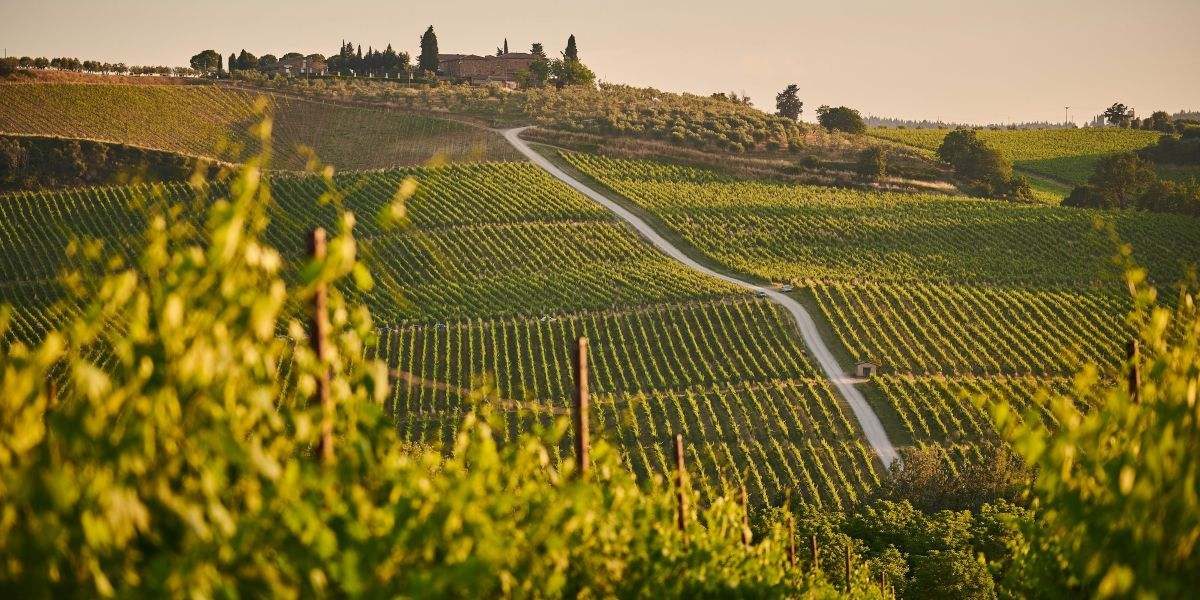By: Leah Campbell at Third Loft Marketing.
If you’re new to wine, wine tasting may seem simple—you take a small sip and note the flavors. However, wine tasting is an art and a science. After all, wines come in a wide variety of flavors, colors, and aromas.
Even if you regularly enjoy wine, you might be looking for ways to appreciate wine better. Let’s take a further look at wine tasting!
What Exactly is Wine Tasting?
Wine tasting is the process of evaluating and appreciating wine by using your senses—taste being the main sense involved, while also using sight to observe the colors and smell to enjoy a wine’s aroma.
Wine tasting allows you to savor the wine while also teaching you how to identify and differentiate wines. Let’s take a further look at how each sense is used in wine tasting.
Sight: Observing A Wine’s Colors
If you’re new to wine, you may simply grab a glass and take a quick sip, but not so fast! Instead, observe the color of the wine you’re sampling. Note the primary hue: is it an obvious red, or a white wine? What undertones, or other colors, do you notice? Wine colors indicate what kind of wine you are about to taste. Here is a quick overview of wine colors:
Red wines: red wines get their color from the inclusion of grape skins in the fermentation process. Red wines are categorized into light red wine, medium red wine, dark red wine, young red wine, and old red wine. The usual rule is that the darker the wine, the more tannins are present in the wine. Tannins are naturally occurring compounds that add dryness, or a more astringent taste, to a wine.
White wines: white wines aren’t actually white but are variations of pale yellow, such as Pinot Grigio, to golden hues, such as Viognier. These wines get their lighter color as grape skins and seeds are removed before the fermentation process. White wines are categorized as light white wine, medium white wine, deep white wine, young white wine, and old white wine. Unlike red wines, white wines have lower tannin levels.
Swirl and Scent: Noting Wine Aromas and Alcohol Content
Swirling a wine is more than a sophisticated move. Swirling wine releases the aromas of the drink and can even soften the flavors of high-tannin wines, such as Cabernet Sauvignon. As you swirl your wine, you will also observe wine “legs” or “tears,” which are streaks of wine on the inside of the glass. The larger these “wine legs” the higher the alcohol content within the wine. For context, the average glass of wine has an alcohol content of around 11% to 13% ABV (alcohol by volume). Wines with known “wine legs” are Zinfandel or Cabernet Sauvignon, as these two wines have higher alcohol levels.
After you’ve swirled your wine, now inhale the aromas from just above the wine glass rim. Inhale slowly, and what do you notice? Does the wine smell earthy, fruity, floral, or herbal? Are the aromas soft or sharper?
Taste: Fully Experience the Wine
Now is the part you’ve been waiting for: the actual tasting. The key here is to savor the wine. In other words, don’t rush to taste the wine. Start with a small sip and let it linger. What initial impressions come up? Here is what to look for:
Tannins: These compounds create a drying sensation in the mouth. The more tannins present, the drier the wine.
Sweetness: all wines have residual sugars from the grapes, but some wines have added sugar to sweeten the beverage.
Acidity: how crisp, or sharp, does the wine taste? White wines typically have higher acidity levels than red wines.
Flavors: note any additional flavors present, such as fruity notes, sweet notes like honey, or floral notes.
Aftertaste: after you swallow the wine, notice the aftertaste on your palate. Is the aftertaste sweet or dry?
Wine Tasting: A Unique Experience
Wine tasting is a wonderful experience that expands your taste for different wines. As you sample wines, you will find wines that are your favorites. Wine tasting is also a great social activity, so gather your friends and visit your local winery to taste unique wines.

















